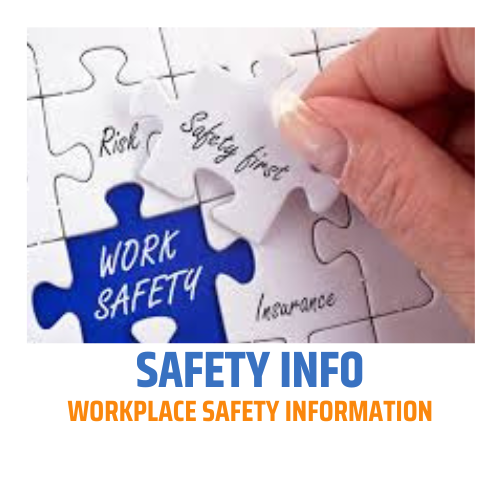What is the occupational health and safety?
Occupational health and safety (OHS), also known as
workplace health and safety (WHS) or simply occupational safety, refers to the
practices and procedures aimed at promoting and maintaining the physical,
mental, and social well-being of workers in their work environment. It involves
identifying and mitigating workplace hazards, ensuring compliance with safety
regulations, and promoting a culture of safety within organizations.
The primary goal of occupational health and safety is to
prevent workplace injuries, illnesses, and fatalities, and to protect workers
from harm. It encompasses a wide range of activities and responsibilities,
including:
- Risk assessment: Identifying and evaluating potential hazards in the workplace, such as dangerous machinery, hazardous substances, or ergonomic issues.
- Hazard control: Implementing measures to eliminate or minimize workplace hazards, such as engineering controls (e.g., safety guards on machinery), administrative controls (e.g., safety policies and procedures), and personal protective equipment (PPE).
- Safety training: Providing education and training to workers on safe work practices, emergency procedures, and the proper use of equipment and protective gear.
- Safety policies and procedures: Developing and implementing safety policies, protocols, and standard operating procedures that outline safe work practices and ensure compliance with applicable laws and regulations.
- Incident investigation: Conduct investigations into workplace accidents, incidents, or near misses to determine their causes and implement corrective actions to prevent a recurrence.
- Regulatory compliance: Ensuring adherence to relevant occupational health and safety laws, regulations, and industry standards.
- Health promotion: Promoting the physical and mental well-being of employees through initiatives such as wellness programs, ergonomic assessments, and stress management.
- Emergency preparedness: Developing emergency response plans and procedures to address potential workplace emergencies, such as fires, natural disasters, or chemical spills.
Occupational health and safety is typically the shared
responsibility of employers, workers, and regulatory bodies. Employers are
responsible for providing a safe work environment, training employees, and
implementing safety measures. Workers have a responsibility to follow safety
protocols, use protective equipment, and report hazards. Regulatory bodies,
such as government agencies, set and enforce safety standards and conduct
inspections to ensure compliance.
By prioritizing occupational health and safety,
organizations can create a safer and healthier workplace, reduce accidents and
injuries, improve productivity, and enhance the overall well-being of their
workforce







0 Comments